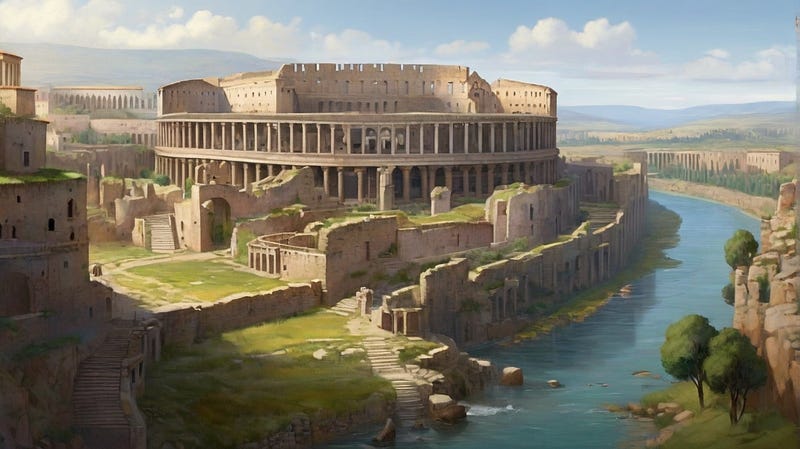The Surprising Scale of a Buried City Beneath London
Lundenwic, an settlement founded by Germanic Saxons from Westphalia and Lower Saxony, extended over a larger area than previously believed. Archaeologists are discovering its remnants beneath London dating back 1400 years.

Britain was part of the Roman Empire for over 350 years. Emperor Claudius’ forces occupied it in 43 AD. Roman influences persisted until 410 AD.
The Romans established Londinium (the heart of present-day London) almost immediately. Information about the settlement from 60 AD is recorded by the Roman historian Tacitus. It suggests that Londinium was a trading hub with many merchants. But what happened later, after the Romans left?
In search of Lundenwic — the Saxon settlement
The Romans founded Londinium north of the marshy Thames valley, where two low hills stood. From the 5th century, the city gradually declined. After the Anglo-Saxon conquest of England, new settlements emerged. For some reason, the Saxons preferred to establish a new settlement about 1.5 km west of Londinium, beyond its walls. It was called Lundenwic. The second part of this word, “wic,” means a trading settlement in Old English. Anglo-Saxons quickly subjugated large areas of Britain. Genetic studies suggest that within 15 generations, over half the island’s population had Germanic genes.
Until the early ’80s of the 20th century, historians and archaeologists had virtually no tangible evidence of a Saxon settlement beneath London. This changed with large-scale architectural projects that necessitated earthworks and, consequently, excavations, during which archaeological sites were discovered. It was only then that Lundenwic dwellings were located in the Covent Garden area. The settlement stretched from Trafalgar Square to the present-day Aldwych along the Strand. Scientists estimate that up to 10,000 people lived there.
New excavations shed light on dark ages
The National Gallery in London is preparing for grand celebrations marking the 200th anniversary of its founding. This London museum is one of the world’s largest art galleries. It was established by Parliament in 1824. The gallery houses a collection of Western European paintings from the late 13th to the early 20th century. The collection includes works by Artemisia Gentileschi, Bellini, Cezanne, Degas, Leonardo, Monet, Raphael, Rembrandt, Renoir, Rubens, Titian, Turner, Van Dyck, Van Gogh, and Velázquez.
A renovation of the complex is underway. As part of it, archaeologists stumbled upon many archaeological remains. Researchers from the University College London’s Institute of Archaeology published a report on excavations at the northern end of Trafalgar Square. Discoveries indicate that the Saxon city center of London extended further west than previously thought.
Archaeologists found hearths, postholes, stakeholes, pits, and traces of fences delineating property boundaries on the western outskirts of Lundenwic. One of the hearths was dated using the radiocarbon method to between 659 and 774 AD. Above it, during the late Middle Ages, walls were erected, which were rebuilt several times in subsequent centuries.
During previous excavations conducted over the last two decades, valuable silver jewelry, likely belonging to a port supervisor, as well as glass and amethyst beads, were discovered within Lundenwic. Graves were also found within the settlement. Some of the deceased were buried with weapons, while others had attributes of merchants. Researchers delineated two zones: commercial and its hinterland.
Lundenwic’s difficult fate — Viking raids
The Saxon settlement did not withstand the Viking raids from Scandinavia, which lasted from the late 8th century. In the first half of the 9th century, London was repeatedly plundered, and its inhabitants slaughtered. Not even the defensive ditches dug by the inhabitants of the then London, discovered by archaeologists in recent years, helped.
Perhaps Lundenwic came under Viking control in the 770s. In the second half of the 9th century, people moved within the old walls of Roman Londinium. Alfred the Great gradually regained control of the lands and confronted the Vikings.
Attention all readers!
As content creators on Medium.com, we face minimal compensation for our hard work. If you find value in my articles, please consider supporting me on my “Buy Me a Coffee” page. Your small contributions can make a big difference in fueling my passion for creating quality content. Thank you for your support!


